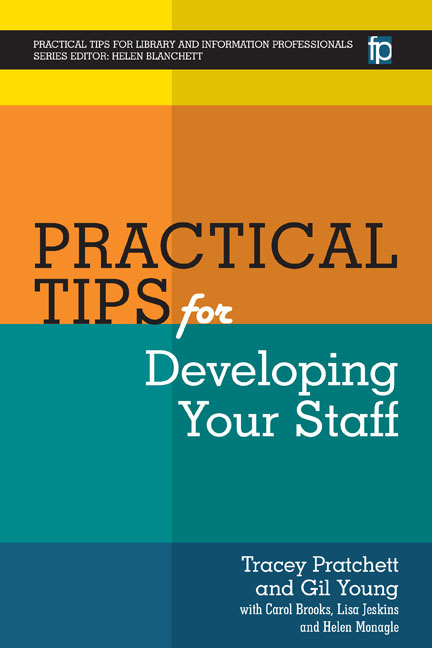Book contents
- Frontmatter
- Contents
- List of figures and tables
- Acknowledgements
- The authors
- List of abbreviations
- Series Editor's introduction
- Introduction
- Section 1 Theories
- 1 Understanding how people behave, learn and develop
- 2 Kolb learning cycle and styles
- 3 Honey and Mumford – learning styles
- 4 VAK learning styles
- 5 MBTI® – Myers Briggs® Type Indicator
- 6 Jigsaw Discovery Tool©
- 7 The DiSC® model
- 8 Benziger Thinking Styles Assessment (BTSA)
- 9 SDI – Strength Deployment Inventory®
- 10 Kirkpatrick's four levels of evaluation model
- Section 2 Infrastructure
- Section 3 Activities and tools
- Index
1 - Understanding how people behave, learn and develop
from Section 1 - Theories
Published online by Cambridge University Press: 09 June 2018
- Frontmatter
- Contents
- List of figures and tables
- Acknowledgements
- The authors
- List of abbreviations
- Series Editor's introduction
- Introduction
- Section 1 Theories
- 1 Understanding how people behave, learn and develop
- 2 Kolb learning cycle and styles
- 3 Honey and Mumford – learning styles
- 4 VAK learning styles
- 5 MBTI® – Myers Briggs® Type Indicator
- 6 Jigsaw Discovery Tool©
- 7 The DiSC® model
- 8 Benziger Thinking Styles Assessment (BTSA)
- 9 SDI – Strength Deployment Inventory®
- 10 Kirkpatrick's four levels of evaluation model
- Section 2 Infrastructure
- Section 3 Activities and tools
- Index
Summary
AS A MANAGER you want your staff to enjoy their work and fulfil their potential whilst actively contributing to the aims of the team, the service and the organization. The first step in achieving this is to understand how and why the individuals that make up your team behave in the ways they do and the implications this has for how they like to learn and how they interact with others. As a line manager it is important that you have an understanding of how your own preferences will influence your management style and how to modify your natural preferences to manage those who might be very different from you. To enable you to develop this understanding this section of the book outlines some of the main theories around how people behave, learn and develop.
There are many theories about how we learn, develop and behave, with a great deal of overlap between them. Without a doubt everyone has one or more ‘preferred’ style(s) which influence the way they think, behave and learn. It would be easy to say that our backgrounds and experiences influence the way we develop but the latest neuroscience research makes it very clear that our minds have a high level of plasticity, which means that whatever has been our preferred style can be changed. Indeed, we know that as we grow and develop we change but we often don't realize how much we can influence that change for ourselves.
Many of the personality/behavioural type analyses are developed from the original work of Carl Gustav Jung (1875–1961), whose model, ‘Psychological Types’, developed in 1921, was based on the theory that each person has an innate urge to grow. Part of that growing process is to learn how we operate individually, develop the parts of us that we need to learn more about and learn about the people around us. His model works on the theory that the brain has three axes:
• Feeling–Thinking
• Intuition–Sensing
• Introversion–Extraversion.
From these we can find out which are our dominant thought processes and styles. Jung identified eight ‘types’, from which many others have developed more detailed theories and a range of methods of assessing primary styles.
- Type
- Chapter
- Information
- Practical Tips for Developing Your Staff , pp. 1 - 4Publisher: FacetPrint publication year: 2016

